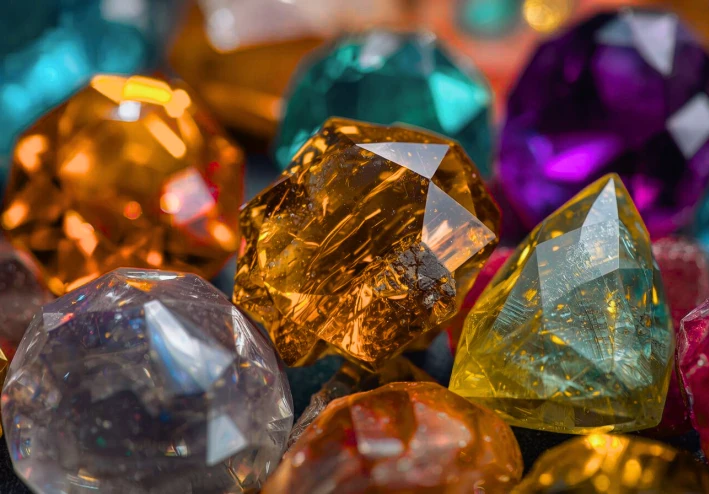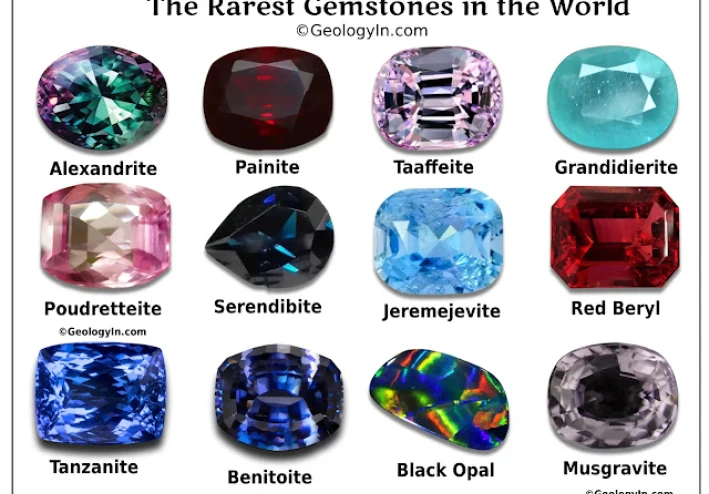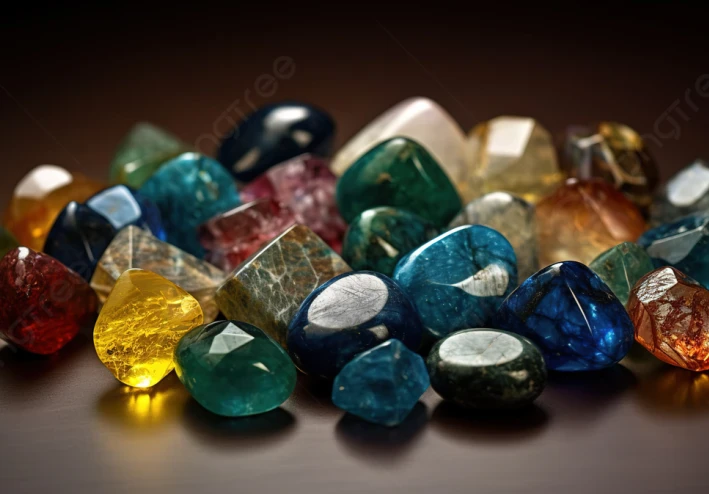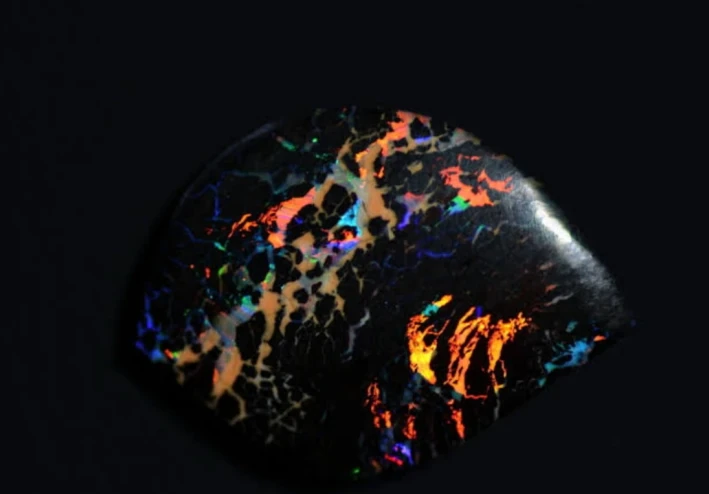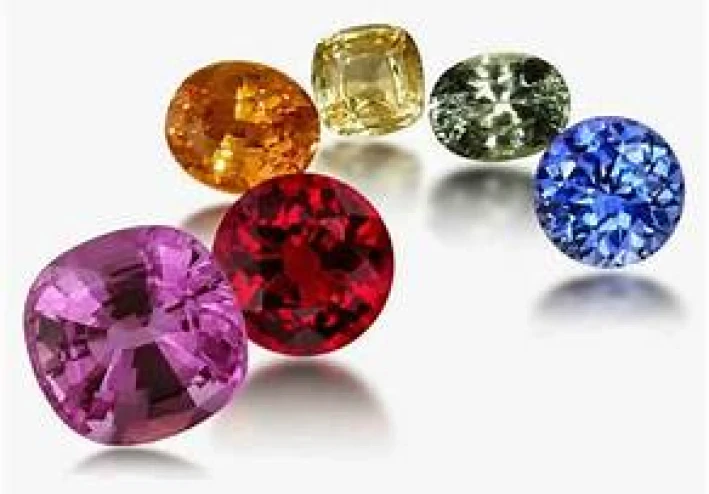Precious stones have fascinated humanity for millennia. These natural gems, formed over millions of years beneath the Earth's crust, are prized not only for their dazzling beauty but also for their rarity, hardness, and the mystery surrounding them. From the brightest diamonds to the most intense rubies, precious stones have been symbols of power, wealth, and love in many cultures around the world.
Types of Precious Stones
Thereare many varieties of precious stones, each with its unique characteristics. Diamonds, known for their extraordinary hardness and brilliance, are perhaps the most famous and coveted stones. Rubies and sapphires, both members of the corundum family, are valued for their intense colors and durability. Emeralds, with their deep and vibrant green, are precious stones highly prized by collectors and jewelers. Other gems like topaz, amethyst, and tourmaline also have their own charm and are sought after for their beauty and rarity.
Formation and Mining
Precious stones are formed under extreme conditions of pressure and temperature in the Earth's crust. Diamonds, for example, are formed at depths of up to 150 kilometers below the surface and are brought to the surface by volcanic eruptions. Rubies and sapphires are formed in metamorphic rocks and are mined in places like Myanmar, Thailand, and Sri Lanka. The mining of precious stones is a significant industry in many countries, though it also poses ethical and environmental challenges.
Value and Appraisal
The value of a precious stone depends on several factors: its rarity, size, color, clarity, and cut. Diamonds are traditionally valued according to the "4 Cs": cut, color, clarity, and carat. For other gems, intense color and lack of inclusions usually increase their value. Famous precious stones or those with stories behind them can fetch astronomical prices at auctions.
Precious Stones in Culture and Jewelry
Precious stones have been used in jewelry for thousands of years. In many cultures, they are attributed with mystical or healing properties. Diamonds are symbols of commitment and eternal love in many Western societies. Rubies have been associated with passion and power. In modern jewelry, precious stones are combined with precious metals like gold and platinum to create exquisite and durable pieces.
Ethics and Sustainability
The mining of precious stones has raised concerns about its environmental and social impact. Diamond mining, for instance, has been associated with armed conflicts in some parts of Africa. Today, there's a growing interest in ethical and sustainable precious stones. Some companies commit to using responsible mining methods and ensuring that gems do not come from conflict zones.
Care and Maintenance
Precious stones require care to maintain their beauty over time. Diamonds are very hard but can be damaged with strong impacts. Emeralds and other softer gems need special care. Regular cleaning with gentle methods is recommended to maintain the stones' brilliance.
Collecting and Investment
Collecting precious stones can be a fascinating hobby and potentially lucrative. Some gems increase in value over time, though the market can be volatile. Collectors seek stones with exceptional characteristics or those with unique stories.

































